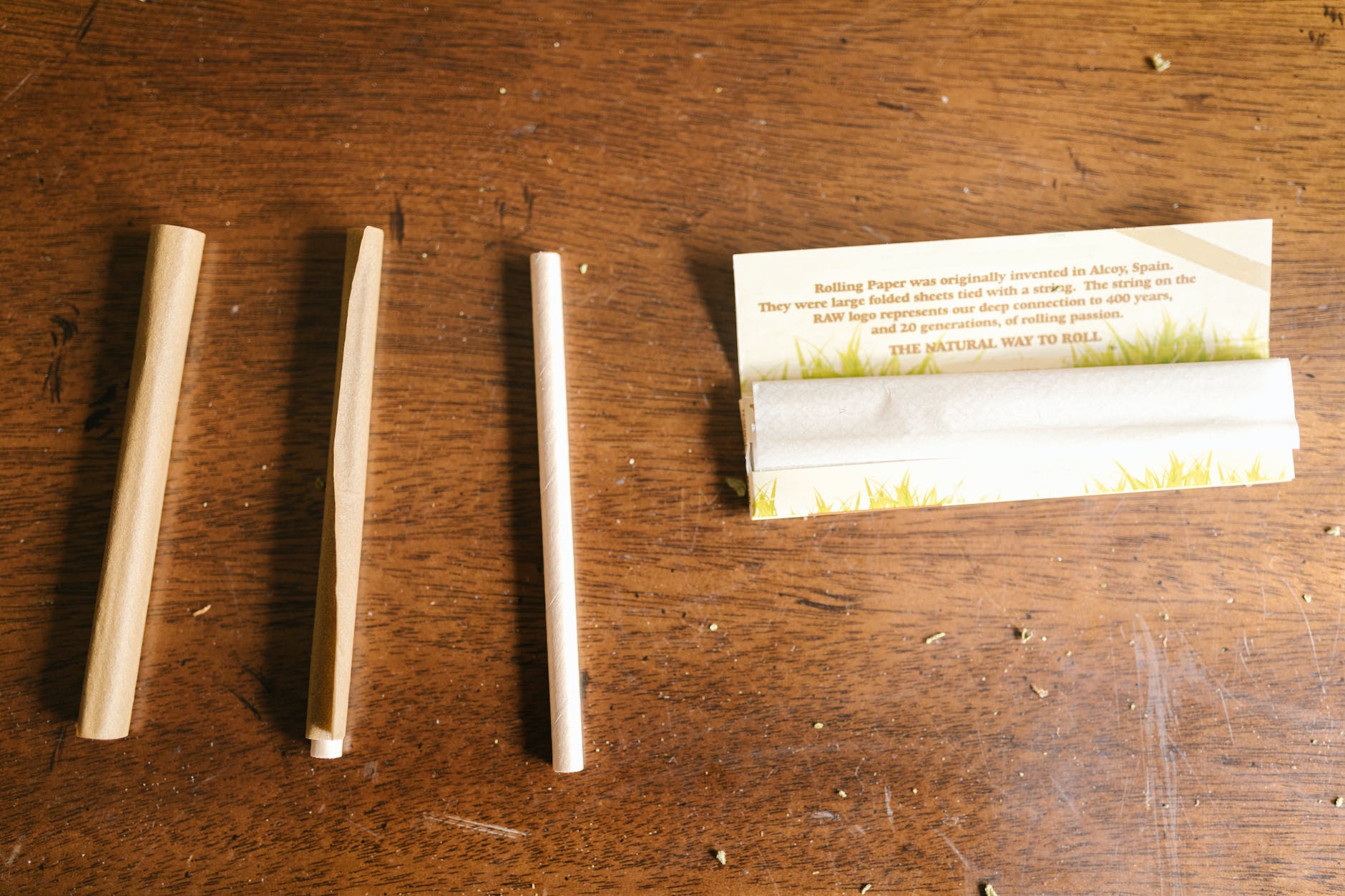Growing cannabis indoors can be a rewarding pastime for both recreational and medical purposes. By carefully controlling the environment, selecting the proper tools, and providing the right nutrients, you can ensure a successful and bountiful harvest. In this guide, we will cover everything you need to know to get started, from setting up your growing space to harvesting and curing your buds.
1. Choose your growing method.
Cannabis can be grown in soil or through hydroponics. Growing in soil is generally easier for beginners and requires fewer specialized tools. However, hydroponics can provide faster growth and higher yields if done correctly. Research both methods to determine which is the best fit for you.
2. Select your growing space.
Choose a space that can be easily cleaned and has room for your plants to grow, as well as ventilation and access to power for lighting and other equipment. A spare room, basement, or grow tent are popular options.
3. Set up the environment.
Lighting is crucial for cannabis growth and flowering. There are several options to choose from, such as LED, HID, and CFL. It is important to provide the right spectrum of light for each growing stage, along with an 18-hour-on/6-hour-off light schedule for the vegetative stage and a 12-hour-on/12-hour-off schedule for the flowering stage.
Maintain the optimal soil for your cannabis plants by using a well-draining mix with added nutrients or choosing a pre-made mix specifically designed for cannabis. The pH of your soil should be between 6.0 and 7.0 for optimal nutrient absorption.
Proper temperature and humidity are crucial for the growth and health of your cannabis plants. Typically, the temperature should be kept between 70-85°F during the day and 60-70°F at night. During the vegetative stage, humidity should be between 40-60%, while the flowering stage’s ideal humidity is 40-50%.
4. Ensure proper airflow.
Good airflow is essential to prevent mold, mildew, and pests while also providing fresh air and CO2 for photosynthesis. You can achieve this through the use of fans to circulate air and the installation of an exhaust system to pull stale air out of the growing space. Air filtration can also be an added benefit to remove odors and allergens.
5. Choose your cannabis strain.
Pick a strain that aligns with your goals and preferences, whether it’s high THC, high CBD, or a balanced hybrid. Also, consider the size of your growing space and the plant’s anticipated size at maturity. Beginners may want to start with easy-to-grow strains that are less finicky and more resilient to mistakes.
6. Germinate your seeds.
To germinate cannabis seeds, place them in moist paper towels or use a seedling starter tray. Keep the seeds moist, warm, and in a dark environment for around 3-7 days, or until they sprout a small taproot.
7. Provide adequate nutrients.
Cannabis plants need sufficient nutrients to grow and produce a bountiful harvest. The three most important nutrients for cannabis are nitrogen, phosphorus, and potassium, typically found in pre-made cannabis-specific nutrients. Supplementing with additional nutrients such as calcium, magnesium, and sulfur may also prove beneficial.
8. Train and prune your plants.
Training and pruning can improve airflow, light penetration, and overall plant health. Techniques like topping, low-stress training, and defoliation can help manage plant height and shape and ultimately improve yield.
9. Monitor for pests and diseases.
Watch for signs of pests and diseases, investing in preventative measures such as pest traps or natural and organic pesticides. Regular inspections and proper environmental controls can help keep problems at bay.
10. Understand when to harvest and how to cure your cannabis.
Your cannabis is ready for harvesting when the majority of the trichomes have turned from clear to a milky or amber color. After harvesting, hang your buds upside down in a cool, dark, well-ventilated room for one to two weeks. Finally, store your buds in airtight glass jars to cure, opening the jars for 15 minutes each day for the first couple of weeks to release moisture and prevent mold.
Growing cannabis indoors requires some work and dedication, but the results can be thrilling and rewarding. By following these steps and giving your plants the attention they need, you are well on your way to enjoying a successful and bountiful harvest.
